Concrete is a tough and durable material capable of bearing many times its own weight, all of which are reasons why it is so widely used in construction. In addition, these qualities make concrete an excellent choice for use in building foundations. However, because concrete is so heavy, over time the soil around and beneath a concrete foundation can sink, which can negatively affect the building. To correct this issue, our team at S&E Custom Grading & Concrete offers concrete leveling services, and in this article, we will provide an overview of how they work.

- Drill Holes — The first step in concrete leveling is to drill holes through the existing slab. This allows our team to access the area underneath the foundation slab, which is important for the next step in the process. These holes are typically drilled in the area most damaged by sinking or the most at risk of becoming damaged.
- Pump Slurry — The next step in concrete leveling involves feeding a hose through the previously drilled holes, then pumping a concrete slurry through the hose and into the area underneath the foundation. As this area fills with concrete, the solid concrete slab on top will be lifted up like a raft on a rising tide. This will gradually bring the slab back to the correct height and angle.
- Fill Cracks and Holes — Lastly, the concrete slurry will be left to cure into a solid, and our team will fill in all the holes we drilled. We will also fill any cracks in the foundation slab to leave it smooth and solid once more.

